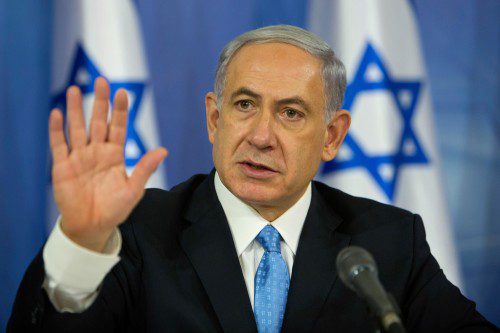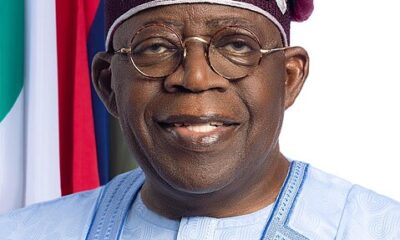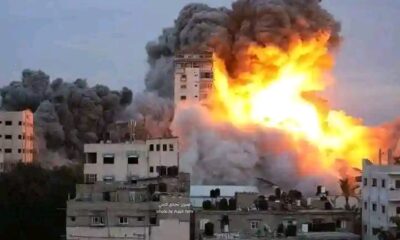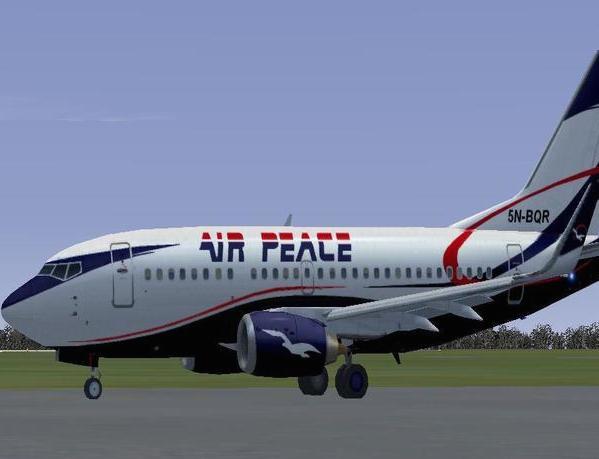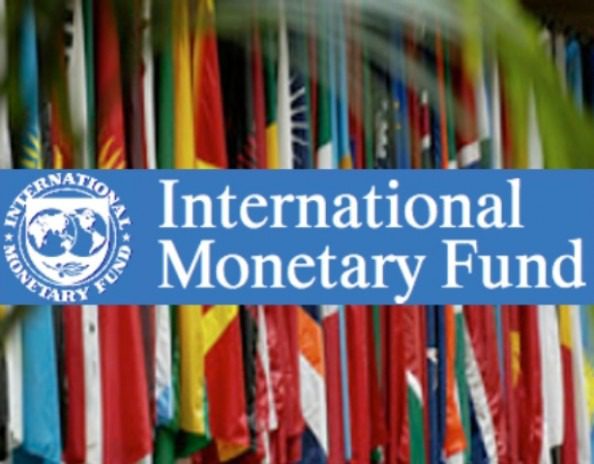Global Issues
The 7th anniversary of the Syrian Civil War -By Labaran Yusuf
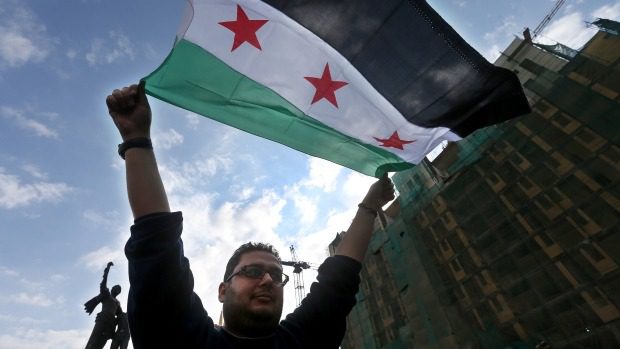

What started as a reforms-demanding protest against the Assad government in March of 2011 quickly turned into a bloody Syrian Civil War, following heavy-handed tactics by Assad – such as sending tanks into cities and having regime forces open fire on peaceful demonstrations across Syria. Seven years later, there are fears the conflict could metamorphose into the Syrian War – as international players: a mix of them – Iranian, Turkish, Russian, American, Israeli and others; fighting in different parts of the country scramble to have a “slice” of Syria and to influence the war.
Long before the uprising started, many Syrians complained about high unemployment, widespread corruption, a lack of political freedom and state repression under President Bashar al-Assad. Also, Many observers have noted, the severe drought of 2007-10 that caused over a million people, mostly farming families to migrate from rural areas into cities, thus exacerbating poverty and social unrest; coupled with the successful overthrow of oppressive Arab regimes in Egypt and Tunisia have played key role in starting the 2011 uprising against the Assad dynasty.
The killing of hundreds of demonstrators and imprisonment of much more tilted the country into civil war. By the end of 2011 and beginning of 2012, as both Assad and the rebels fighting him sought assistance, the Syrian conflict started to show what appeared to be a sectarian dimension. Assad along with most of his security establishment belongs to the minority Shia Alawite sect, and as a result, were supported by Shia-majority Iran, the Iraqi government and the powerful Lebanese armed group – Hezbollah. While the rebels which mostly are members of Syria’s Sunni-majority population were backed and supported by the Sunni-majority Gulf States and Turkey.
Russia along with China, the regime’s main international allies have since the start of the conflict vetoed several United Nations Security Council resolutions that would have condemned the Assad’s regime brutal crackdown. The United States and the European Union, both critical of Assad, have provided the rebels with diplomatic, political and military support. Israel for its part has since 2013 conducted airstrikes against Hezbollah and pro-government targets.
The Assad regime with the help of allies in its attempts to recapture every square inch of Syrian territory has been leading according to experts a ‘siege, starve and surrender’ campaign for years. This involves the Assad government purposely overwhelming opposition-held areas with attacks that destroy vital infrastructure: hospitals, schools, markets, and even mosques – to make life for the civilian population unlivable.
According to the Syrian Observatory for Human Rights (SOHR), a London-based watchdog with sources in Syria – about 470,000 Syrians have been killed and over a million injured since the start of the conflict. During the same period, the UN refugee agency estimates that 5.5 million Syrians have fled the country and another 6.5 million internally displaced inside Syria, which when combined makes half the country’s prewar population. Almost 70% of Syria’s population now lives in extreme poverty. Another six million face acute food insecurity amid shortages and inflated prices, while a further 13.5 million require humanitarian assistance to survive.
The past months have seen a surge in fighting across Syria. Without a common enemy (which in 2014 appeared to be Daesh or the Islamic State), parties involved are now pursuing their own interests, with each wanting a “slice” of the country that could become part of one’s own sphere of influence. Turkey, with Russia’s blessing together with the Free Syrian Army, launched a military offensive against the US-supported Kurdish YPG militia in the northwestern Syrian city of Afrin. Pro-government militias later joined the fight on behalf of the Kurds.
Just farther east, in Deir Ezzor region the Americans bombed and killed several Russian and pro-regime fighters as the attempt to capture one of largest natural gas fields in eastern Syria for the Assad regime from Kurdish forces. Also, the Turks might faceoff with the US forces stationed in the city of Manbij, if they are to continue their fight eastward as hinted by the Turkish president. While in the south of Syria, Israel and Iran clashed after an Israeli plane was shot down as it returns from a bombing run in Syria.
The ongoing regime relentless bombardment of Eastern Ghouta (described by the UN as “Hell” on earth), the site of the notorious 2013 chemical attack and the last remaining rebel stronghold near the capital Damascus, which has killed almost a thousand people is reminiscent to the scorched-earth campaign to retake the strategic city of Aleppo, one of the heartlands of the opposition in late 2016 by the same combination of Russian air power and Iran-supported and supplied manpower.
From all signals, as regional and international players alter the nature of the Syrian conflict that will now be in its eight-year with no end in sight, each with a complex web of shifting and deceitful geopolitics; civilians are the ones paying the price with their blood and property.
As Aljazeera rightly notes, “With much of Syria in ruins, and a population deeply traumatized by war, one thing is certain: rebuilding Syria after the war will be a lengthy, difficult process”.
Labaran Yusuf
City: Jos, Plateau State
Feedback: chatwithlabaran@gmail.com



